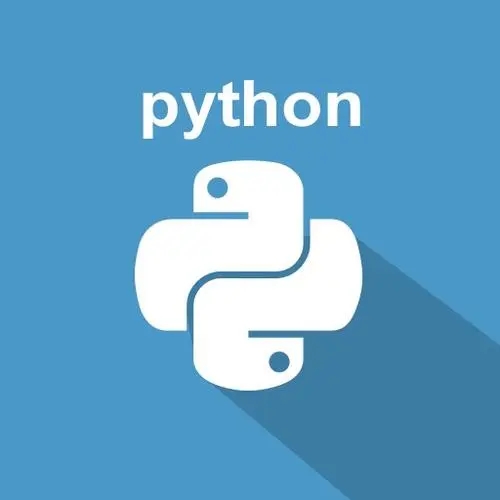python是一种广泛使用的编程语言,具有简洁、易读和强大的功能。在python中,有许多模块可以帮助我们进行各种任务,其中sys模块就是其中之一。sys模块提供了对python解释器和与系统进行交互的访问。
在本文中,我们将重点介绍如何使用sys模块进行系统调用。在Python中,系统调用是指与操作系统的底层接口进行交互,以执行系统级任务。通过sys模块,我们可以访问Python与操作系统之间的接口,例如命令行参数、环境变量、标准输入输出等。
首先,我们需要导入sys模块,以便在Python脚本中使用它的功能。在导入sys模块之后,我们可以使用sys模块中的各种函数和属性来执行系统调用。
下面是一些常用的sys模块函数和属性的示例代码:
import sys
# 获取命令行参数
args = sys.argv
print("命令行参数为:", args)
# 获取脚本被调用时的路径
path = sys.path
print("脚本被调用时的路径为:", path)
# 获取Python解释器的版本信息
version = sys.version
print("Python解释器版本为:", version)
# 获取操作系统平台信息
platform = sys.platform
print("操作系统平台为:", platform)
# 退出脚本并返回指定的退出码
sys.exit(0)在上面的代码示例中,我们首先使用sys.argv函数获取脚本的命令行参数,并将其打印出来。sys.argv返回一个包含命令行参数的列表,其中第一个元素是脚本的名称。例如,如果我们在命令行中执行python script.py arg1 arg2,那么sys.argv将返回['script.py', 'arg1', 'arg2']。
立即学习“Python免费学习笔记(深入)”;
接下来,我们使用sys.path属性获取脚本被调用时的路径,并将其打印出来。sys.path返回一个包含Python解释器搜索模块路径的列表。如果我们脚本所在的路径在sys.path中,我们可以轻松地导入脚本所在目录中的模块。
然后,我们使用sys.version属性获取Python解释器的版本信息,并将其打印出来。sys.version返回一个包含Python解释器版本信息的字符串。
最后,我们使用sys.platform属性获取操作系统平台信息,并将其打印出来。sys.platform返回一个表示操作系统平台的字符串,例如"win32"表示Windows平台,"linux"表示Linux平台等。
最后,我们使用sys.exit()函数退出脚本,并返回指定的退出码。在上面的代码示例中,我们传递了0作为退出码,表示脚本执行成功。如果我们想在脚本执行失败时退出并返回一个非零的退出码,可以将其传递给sys.exit()函数。
通过sys模块,我们可以轻松地进行系统调用,获取命令行参数、环境变量等信息,并执行一些系统级任务。sys模块提供了许多功能强大、灵活且易于使用的函数和属性,尤其是在编写与系统交互的Python脚本时。
总结来说,sys模块是Python编程中非常有用的模块之一,它提供了许多与系统交互的功能。在本文中,我们学习了如何使用sys模块进行系统调用,并给出了一些使用sys模块的示例代码。通过运用sys模块,我们可以更好地与操作系统进行交互,提高Python程序的灵活性和功能性。
以上就是Python 2.x 中如何使用sys模块进行系统调用的详细内容,更多请关注php中文网其它相关文章!

python怎么学习?python怎么入门?python在哪学?python怎么学才快?不用担心,这里为大家提供了python速学教程(入门到精通),有需要的小伙伴保存下载就能学习啦!

Copyright 2014-2025 https://www.php.cn/ All Rights Reserved | php.cn | 湘ICP备2023035733号